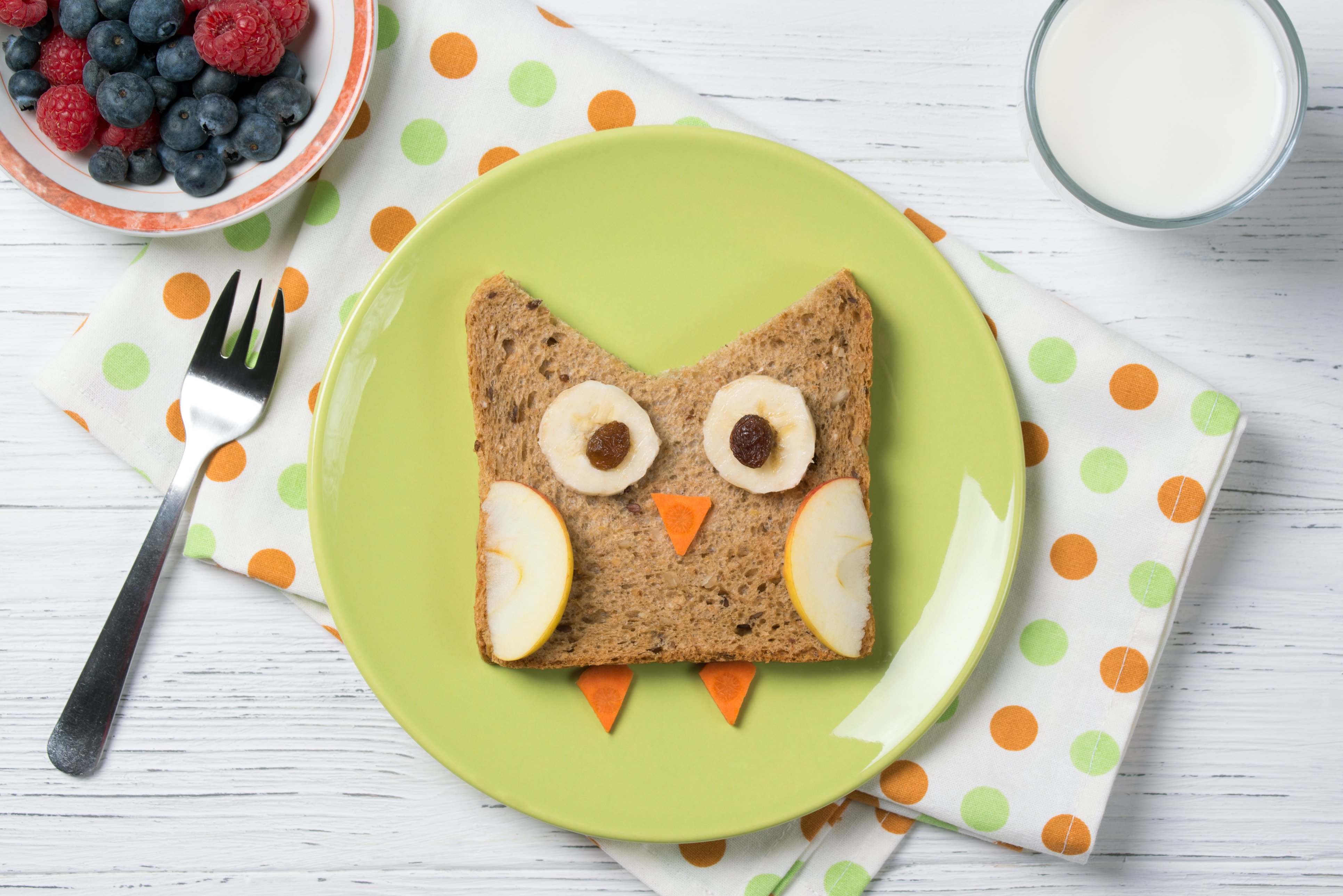Picky eating means having strong food preferences that result in a limited variety of accepted foods. It can also mean not wanting to try new foods or preferring foods to be prepared in a familiar way. Picky eating can be frustrating for parents and caregivers, but it is often a normal part of young children being exposed to new foods and meeting developmental milestones.
Feeding and eating requires equal participation from you and your child. It is important to understand the developmental stages of feeding and eating and your role as the parent or caregiver in order to establish trust in food and eating, as well as trust between you and your child.
Why is my child eating less or refusing to eat, and how can I help?
There are many reasons your child may be eating less or refusing to eat the foods that are offered to them.
Growth
There will be times that your child goes through rapid growth and development, such as during puberty, and may eat more to support their growth. There will also be periods where growth and appetite begin to slow, such as after infancy, when your child becomes a toddler. It is normal to see appetite change in response to your child’s growth.
How your child is feeling and sleeping
Sometimes feelings such as stress or anxiety can affect a child’s appetite. Lack of sleep and feeling tired can also affect appetite.
How to help: Check in with your child and be mindful of their emotions. Talk to your child's health-care provider about any concerns.
Independence
As young children are introduced to more foods, you may notice they sometimes refuse to eat certain foods or only want to eat a small number of foods. At this stage, young children are learning to become their own person and be independent. They may show their independence by self-feeding or choosing their own foods, which may affect how much they eat and which foods they eat. This is normal during early childhood and is part of your child’s development.
How to help: Include one favourite food during a meal but keep up the variety to help your child accept new foods.
Some children find a favourite food and refuse all other foods. This is called a food jag. This is quite common; generally, a child will tire of the favourite food and move on.
Distractions
Televisions, tablets, phones and toys can distract a child from listening to their hunger and fullness cues.
How to help: Enjoy meals and snacks away from distractions so your child can focus on eating.
Pressure
Bribery, cheerleading, rewarding, forcing or punishing a child when they do not eat or have difficulty at mealtimes can harm their relationship with food. Children who are constantly eating or are forced to finish their meals do not learn how to recognize their hunger cues.
How to help: Keep mealtimes pleasant and neutral and trust that your child knows when they are full. Avoid pressuring your child to “clean their plate” and try not to offer food between set meal and snack times. Provide encouragement when your child helps with tasks around mealtime, such as setting the table, washing dishes or helping cook.
Taste and texture
It is normal for young children to react negatively to new foods that have an unfamiliar taste and/or texture.
How to help: Continue to offer these foods at different meals and snacks. As you continue to expose your child to these foods, they may begin to enjoy and accept the foods. It can also be helpful for you to eat the new food with your child. Young children learn by copying behaviours.
Filling up on beverages
If your child drinks a lot of beverages such as milk, juice or pop, they may not feel hungry at mealtimes.
How to help: Make water the drink of choice to stay hydrated between meals.
More tips to encourage good eating habits
- Be realistic about the length of mealtimes. Allow enough time for your child to eat by following their cues, but do not prolong the experience. Generally, meals should take about 30 minutes.
- Be patient and keep offering healthy food choices, no matter how often they refuse them.
- Take away the food once the mealtime is over.
- Praise and encourage your child when they behave well at the table.
- Do not get caught up with mealtime etiquette such as using cutlery properly or not letting food get on clothes.
- Involve your child in choosing meals and preparing food. Studies have found that children who are more actively involved in meal preparation tend to eat healthier foods.
It may be difficult to see your child not eating, but it is important to be patient and keep mealtimes relaxed and enjoyable.
Understanding the division of responsibility with feeding and eating
You and your child each have roles in meal and snack times. Being mindful of and respecting these roles can help establish trust between you and your child and allow your child to become a competent eater.
Your role as a parent or caregiver
As a caregiver, you play an important role in feeding by deciding:
- what food or drinks are served as meals and snacks
- when food is served
- where food is served
Your child’s role
Your child’s job is eating. They are responsible for deciding:
- if they are going to eat
- how much they are going to eat
If you are very concerned about your child's eating habits and food dislikes, talk to your child’s health-care provider about your child's growth and nutrition.

